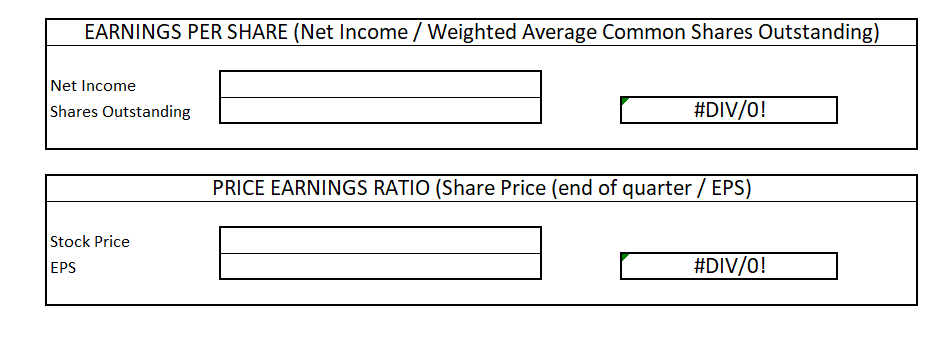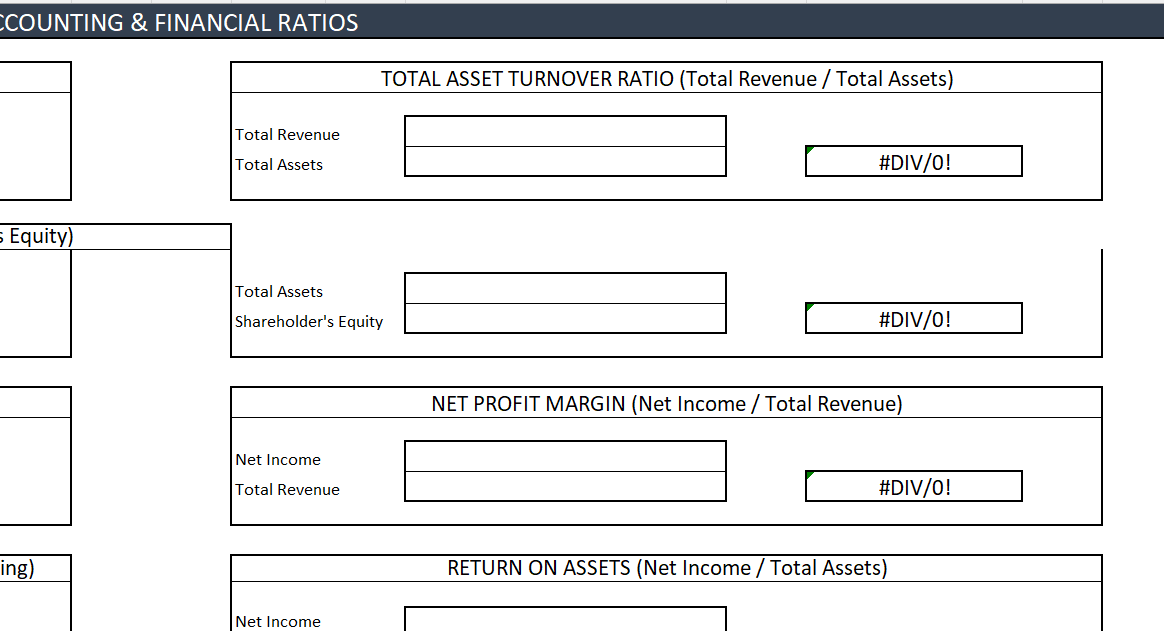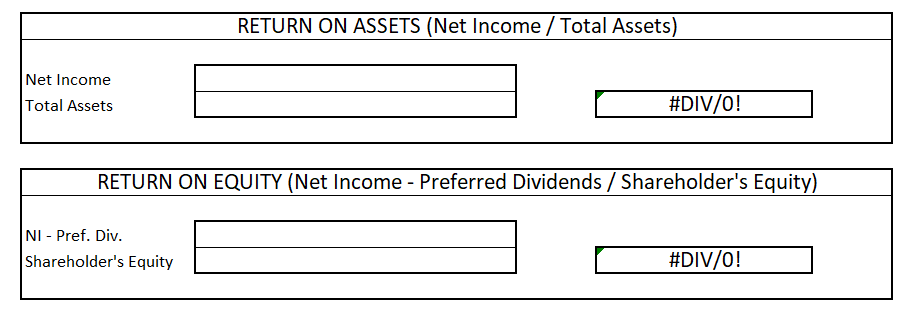Question
In preparation for your report in Project Two, you will need to calculate the financial ratios needed to determine your chosen businesss current financial health.
In preparation for your report in Project Two, you will need to calculate the financial ratios needed to determine your chosen businesss current financial health. Once youve calculated these ratios, the results will be used to analyze the businesss current financial position and help them make decisions about how to improve or maintain their financial health. Pay particular attention to working capital management. If liquidity is an issue, consider how the company will meet its short-term obligations.
Prompt
Using the Project Two Financial Formulas Spreadsheet and the balance sheet, income statement, and cash flow statement from Mergent Online for your chosen company, calculate the financial ratios for the most recent fiscal quarter. Then, compare those ratios with the same ratios for the same fiscal quarter from one year prior in Mergent Online, and analyze your results.
Specifically, you must address the following rubric criteria:
- Financial Calculations: Calculate accurate financial ratios to assess the businesss current financial health. Specifically, calculate the following ratios:
- Working capital
- Current ratio
- Debt ratio
- Earnings per share
- Price/earnings ratio
- Total asset turnover ratio
- Financial leverage
- Net profit margin
- Return on assets
- Return on equity
- Fiscal Quarter Comparison: Using Mergent Online, summarize the differences between the results from your financial calculations of the most recent fiscal quarter and the results of the same financial calculations of the same fiscal quarter from a year before for your chosen business.
- For example, if the most recent fiscal quarter available is the 3rd quarter in 2020, then you will compare those results to the same financial calculations from the 3rd quarter in 2019.
- Comparison Analysis: Explain what the results of your calculations and your comparison indicate about the businesss current financial health, providing examples to support your explanation. You might consider the following questions:
- Do the results indicate the business is financially healthy or financially unhealthy? Which results indicate this?
- What might be the cause(s) of the businesss financial success or failure?
- Is more information needed to determine the businesss financial health? If so, which pieces of information might still be needed?
- Short-Term Financing: Explain how potential short-term financing sources could help the business raise needed funds to improve its financial health. Base your response on the businesss current financial information.
The Business I chose is disney, I dont know how to link anything so I screencapped from excel:




Step by Step Solution
There are 3 Steps involved in it
Step: 1

Get Instant Access to Expert-Tailored Solutions
See step-by-step solutions with expert insights and AI powered tools for academic success
Step: 2

Step: 3

Ace Your Homework with AI
Get the answers you need in no time with our AI-driven, step-by-step assistance
Get Started


